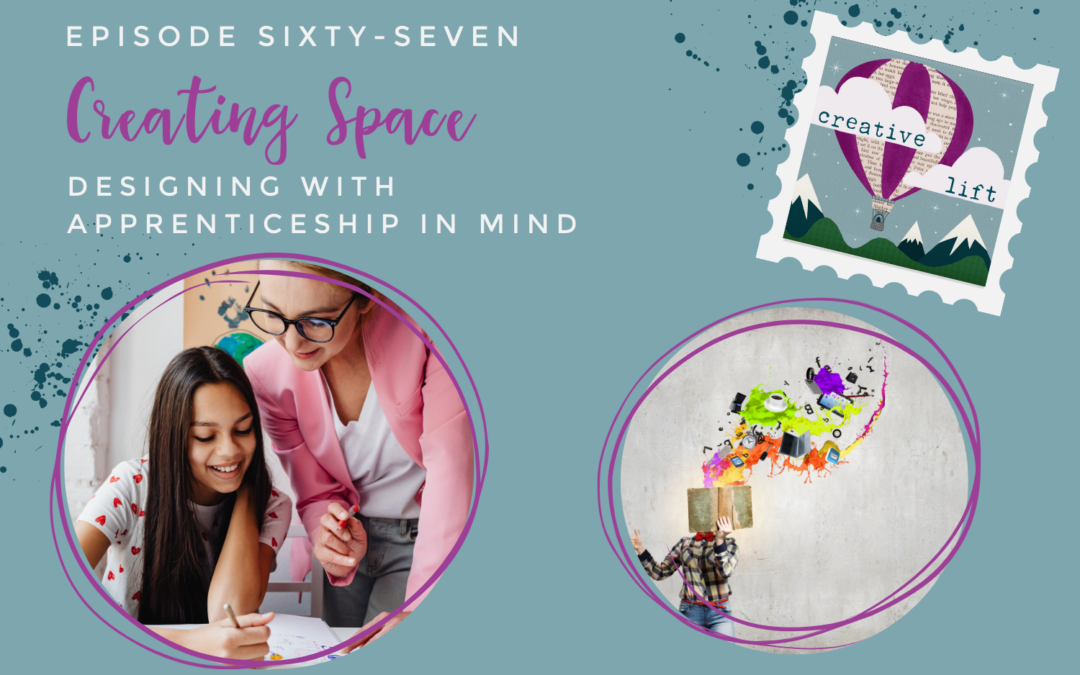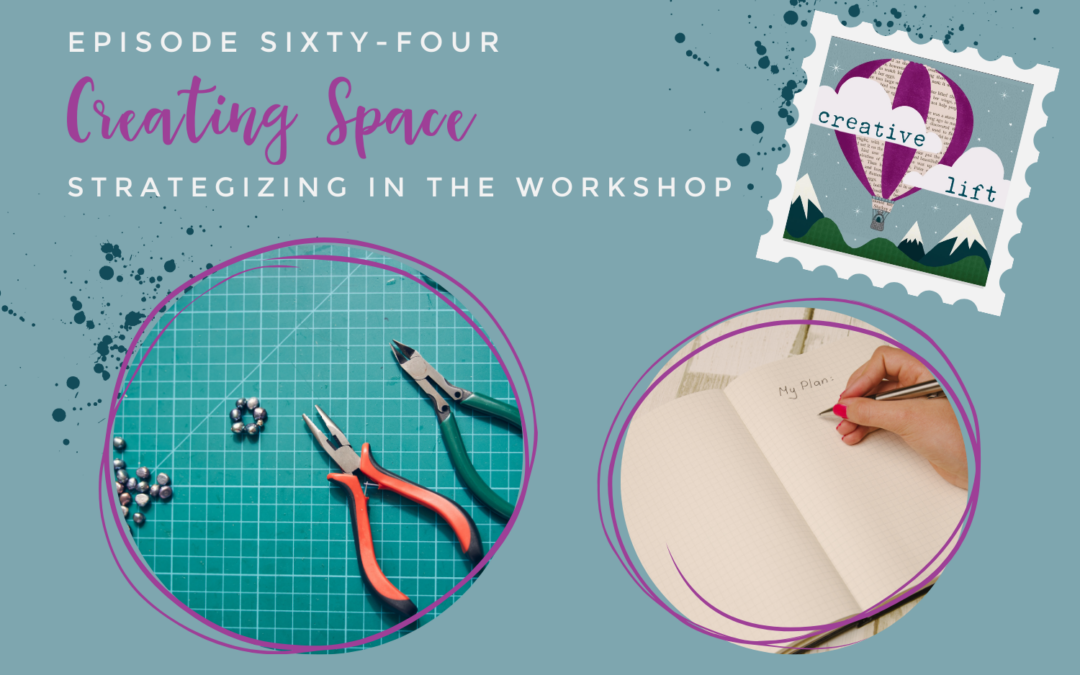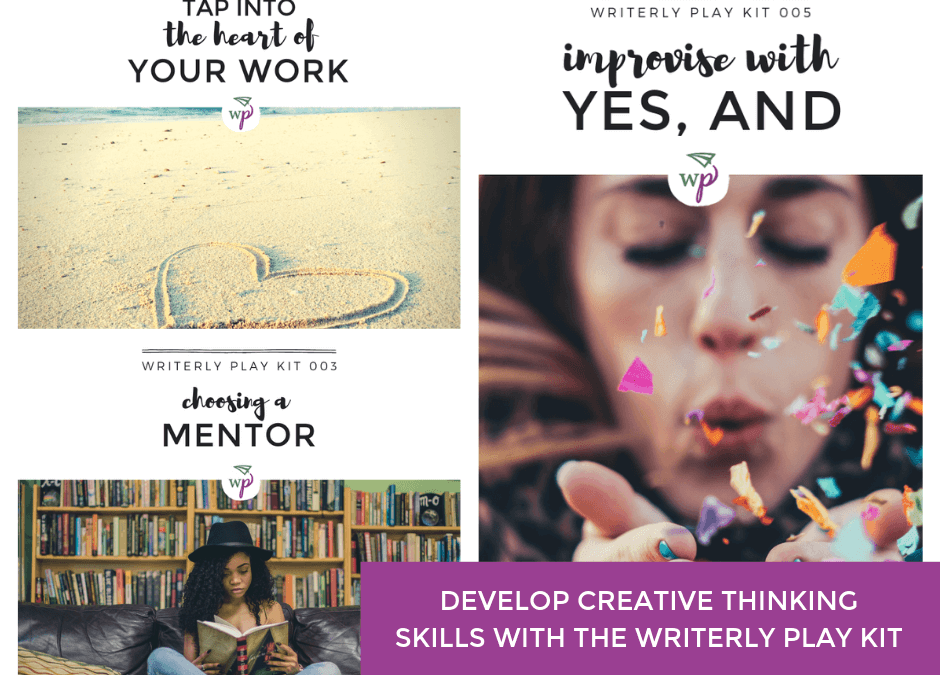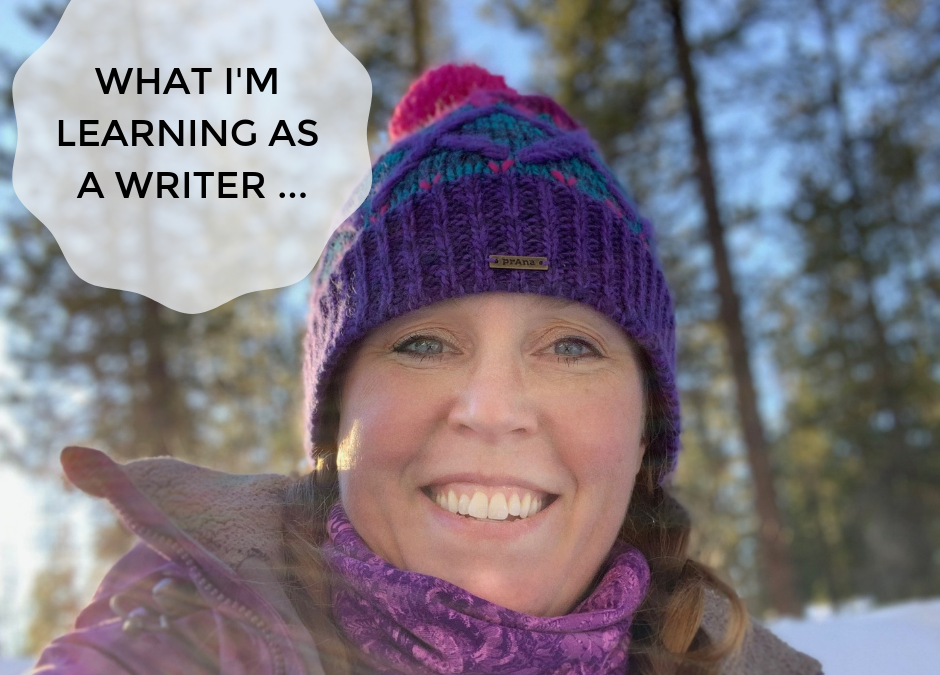by Naomi | Mar 6, 2018 | Creative Life
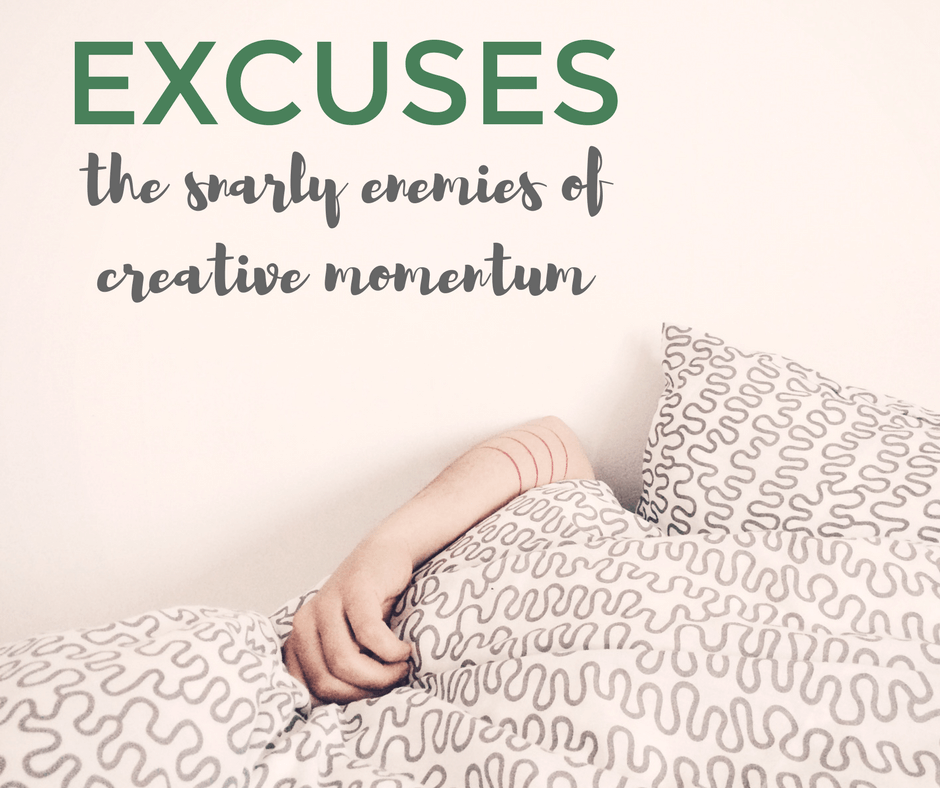
I’m not a fan of excuses.
And, not in a blow a whistle and shout, “Get to work!” kind of way. More in a roll-up-my-sleeves, experiment-until-you-figure-it-out kind of way.
Excuses are snarly enemies of momentum. They snap at our heels and grab for us with grubby little fingers, hoping to drag us into inertia quicksand. Once we’re sunk, wow is it difficult to scrabble our way free.
A large part of my job, working with educators, with students, with artists, with my team at Society of Young Inklings, is to glare excuses in the face and say, “Not on my watch.” So, it’s probably not surprising that I feel particularly grumpy when I wake to the sound of excuses throwing a dance party at the foot of my bed.
Here we are. It’s March 5, and my last blog post was on January 20. For the larger part of 2017, I posted once a month or so. Now, there are definitely reasons. For one, I’ve been posting more regularly over at Society of Young Inklings because we’re in the midst of a (very exciting) growth curve at our nonprofit for youth writers. Also, I’ve been hard at work backstage on larger creative projects that I can’t share just yet.
Still, to me, these reasons have the sharp scent of excuse to them.
Knowing that I mean to blog, and don’t, takes wind out of my sails every week. Over time, I prove to myself that I’m the sort of person who plans but doesn’t necessarily follow through. My confidence erodes. My optimism suffers. The excuses pole-vault from one area of my life to another and before I know it, my life’s rhythm is completely out of whack.
Today, I’d finally had enough. I decided to hop online and share a little of my thinking real-time. Maybe you’ve had situations like the one I’m in, where you realized that your expectations and your reality weren’t matching up. What did you do?
Here’s what I’m thinking.
- I could take an official break from the blog. This would be a reasonable strategy, and would send the excuses packing. Unfortunately, it would also mean I couldn’t blog, which is a problem. In the past few weeks, I’ve actually been prepping for a more regular editorial calendar. I’m looking forward to blogging regularly … I’m just not quite ready yet.
- I could set a launch date for my new approach and build toward it. While a date is also a deadline, I actually like the sound of this possibility. It gives me breathing room, and also a healthy dose of accountability.
- I could force myself to start today and carry on, posting once a week, rain or shine. But, you deserve my very best. My posts ought to rattle fresh creativity loose for you, or at the least, send you back to your projects with renewed enthusiasm. If I bully myself into blogging when I’m not ready, I fear I might inspire you to bully yourself, too. No, thank you.
- Or, I could decide to close down the blog. But, I love writing from my heart to yours. So, for me, that’s really not an option.
I may have found a solution in the possible launch date, but I want to explore how to make it a viable one for the long run. Because the truth is, my bandwidth for producing meaningful content will ebb and flow. As an author, book deadlines come before blog intentions. As a founder and Executive Director, the stability and health of Society of Young Inklings are also top priority. And beyond work commitments, I have health, family, friends, to name a few. And life isn’t always predictable.
Over the years, I’ve learned a lot of excuse-extermination strategies. Most often, I return to the simple question starter: “How might I…”
Step One: Craft a question to focus my attention tightly on the problem.
How might I be realistic, true to my priorities, realistic, and make an excuse-free commitment?
Step Two: Brainstorm options.
- Commit to post infrequently, maybe once a month.
- Repurpose old posts along with the new ones.
- Create some short-form post formats. Every post doesn’t have to be epic. (Readers appreciate short, too!)
Step Three: Choose an approach and experiment.
I think I’ll commit to starting the blog again on April 3. I’ll post on Tuesdays and possibly add a bonus post on Thursdays. Some posts will be small. I’m not going to demand perfection. If I’m in a busy season, I’ll show up on Tuesday and tell you so. It might just be a sentence or two. But what I learned writing this post, (and here’s what I hope might be applicable to you, too) is that even mid-process, our thoughts can be useful.
Are you battling excuses, too? Maybe it’s not a blog for you, but it’s a book, or a painting, or even an exercise routine. Would it help you to stop, ask yourself a focused “How might I …” question and brainstorm solutions?
It certainly gave me a fresh gust of wind in my sails.
Thank you. Knowing that you’re out there, living life, popping by the Writerly Play blog now and again for ideas and inspiration, means more to me than you likely know. Perspective, growth, clarity… I gain all of these and more by shaping my ideas on the page, and especially when I hear back from you. I love hearing what you see and notice and wonder. So, please. Always, always, feel free to reach out and share your experiences, too. Tag me on Facebook or Twitter, or comment below.
Tell me: What expectations do you have for yourself that you’re not sure work right now? How might you adjust those expectations to make life work better?
Or tell me: Have you met the excuse gremlins? What kind of havoc do they cause in your life?
